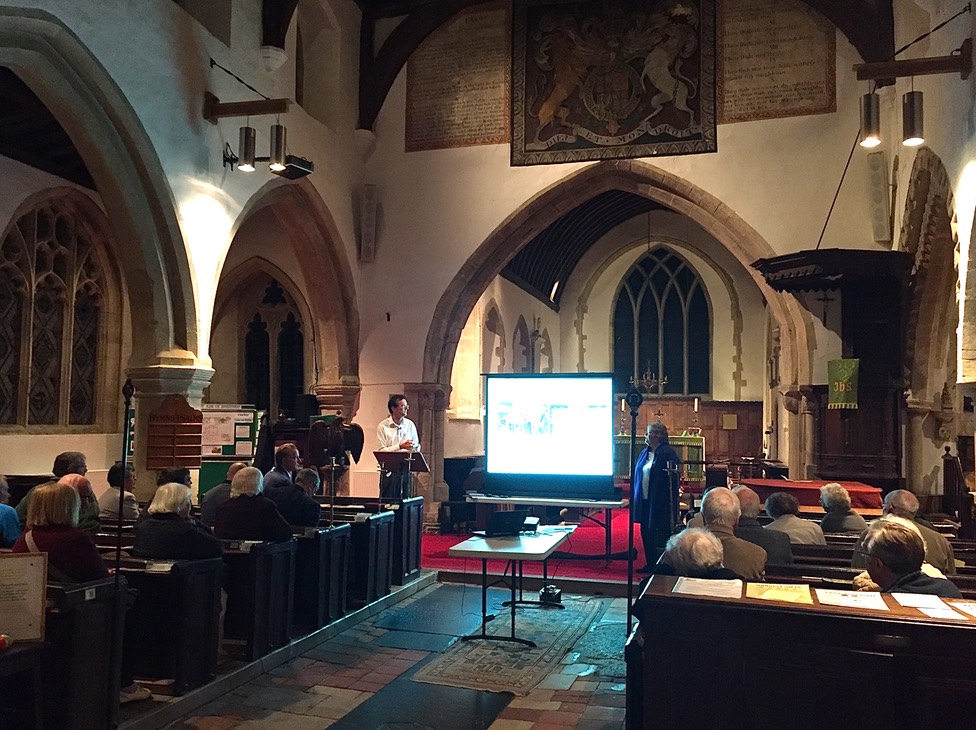Talk by Stephen Barker:
"Oxford and area during the Civil War"
Tuesday 29th September 2015 at 7.30 pm
Venue: All Saints Church
Some 33 members and 4 visitors attended Stephen Barker's illustrated talk, which looked at Oxford’s role as Royalist capital through the eyes of some of the people who were present, and assessed the impact of the war on the city and surrounding area, including Sutton Courtenay.
Stephen Barker’s talk described the difficult conditions experienced by the people of Oxford during the conflict. Abingdon and area were also affected as Abingdon was a garrison town and was held by both Royalists and Parliamentarians in turn. The garrisons lived largely at the expense of the townspeople and communities through taxation, extortion and by the billeting of soldiers. Disease spread rapidly resulting in many deaths.
[For a more detailed description of the impact of the Civil War on Abingdon see the article "Abingdon at War, 1642-1646" on the Abingdon Area Archaeological and Historical Society's website.]
Locally the battle to secure Culham bridge was an attempt by Royalists to retake Abingdon, described as a “skirmish” on a plaque on the bridge. (The bridge between Sutton and Culham was not built until 1807).
In 1645 a force of 3000 men was encamped on Culham Hill. The Royalists were beaten off by the defenders who waded through flooded meadows to attack them from behind. The men on the bridge – a mixed unit of Dutch mercenaries and Irish volunteers – were captured. The Dutchmen were treated as prisoners of war, but the Irish were hanged.
In Sutton Courtenay the vicar, Thomas Fitch, supported the Parliamentarians. He stored gunpowder and munitions in the church and these exploded one night, causing damage to the church. He was dismissed under provision for “the ejection of scandalous ministers.”
About the speaker

Stephen Barker is an independent Heritage Advisor who works for Oxfordshire Museum Services and on joint projects with English Heritage.
He describes his role as follows:
My passion is making the past interesting, relevant and exciting for a variety of audiences. I use narrative, objects and hands-on activities to promote a better understanding of history. By provoking curiosity, my work inspires empathy for those who lived long ago.
My interest relates particularly to promoting the public’s understanding of their local heritage and supporting different audiences' appreciation of the participation of their forebears. I am concerned to develop the role of inter-generational activity, multicultural participation and to utilise objects’ ‘power’ to enhance curiosity and learning.

